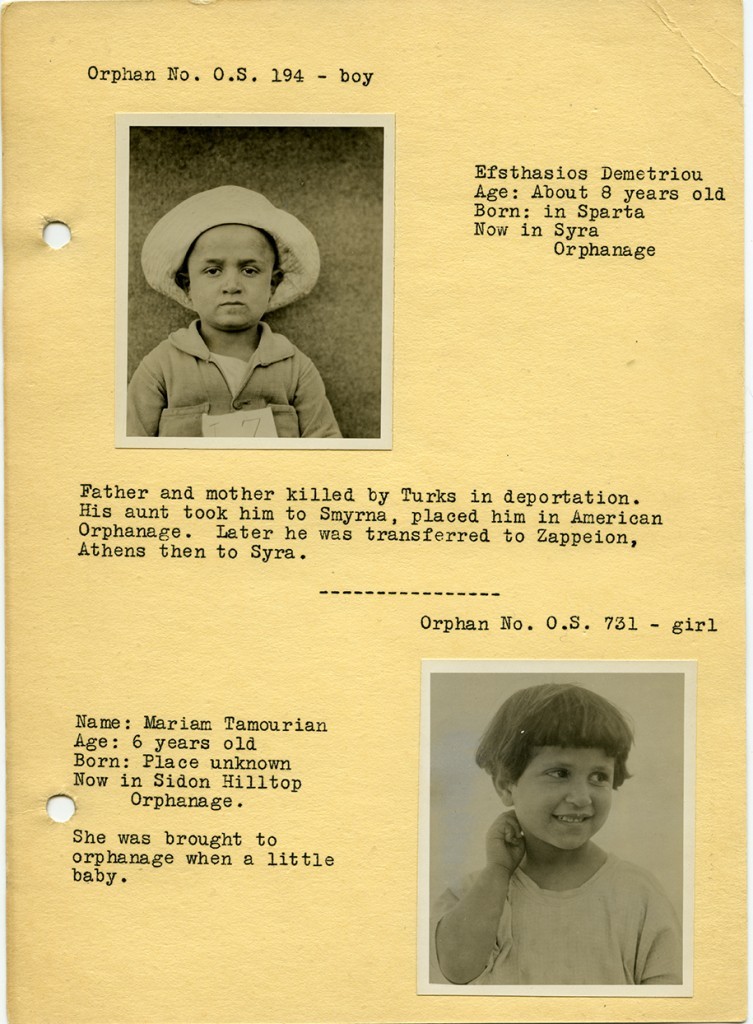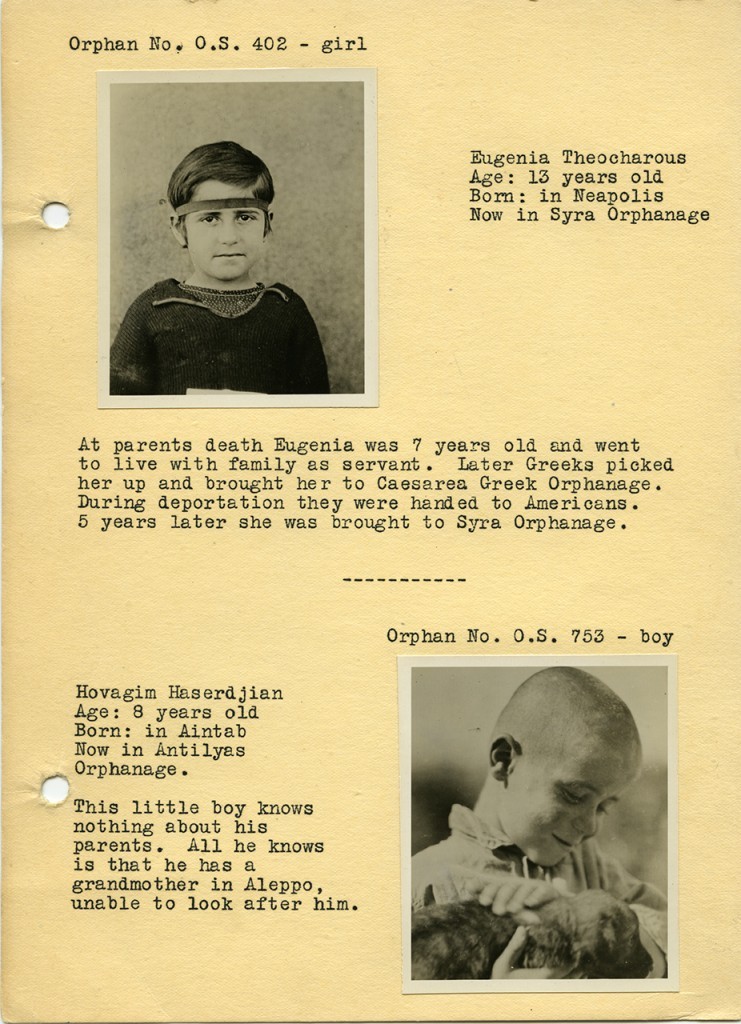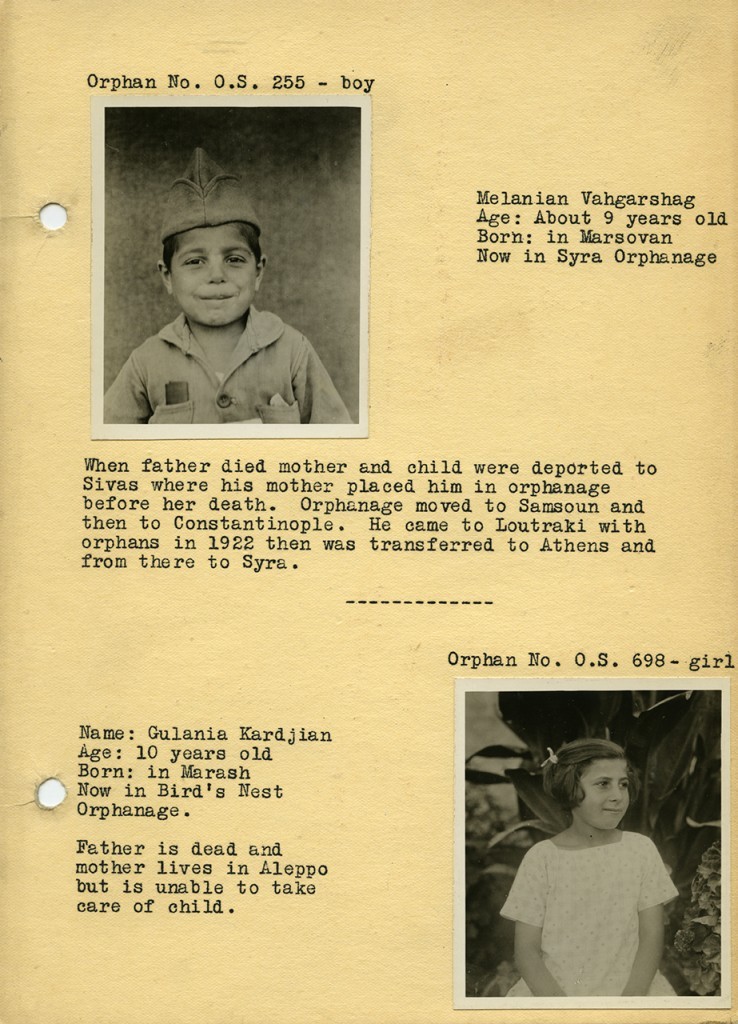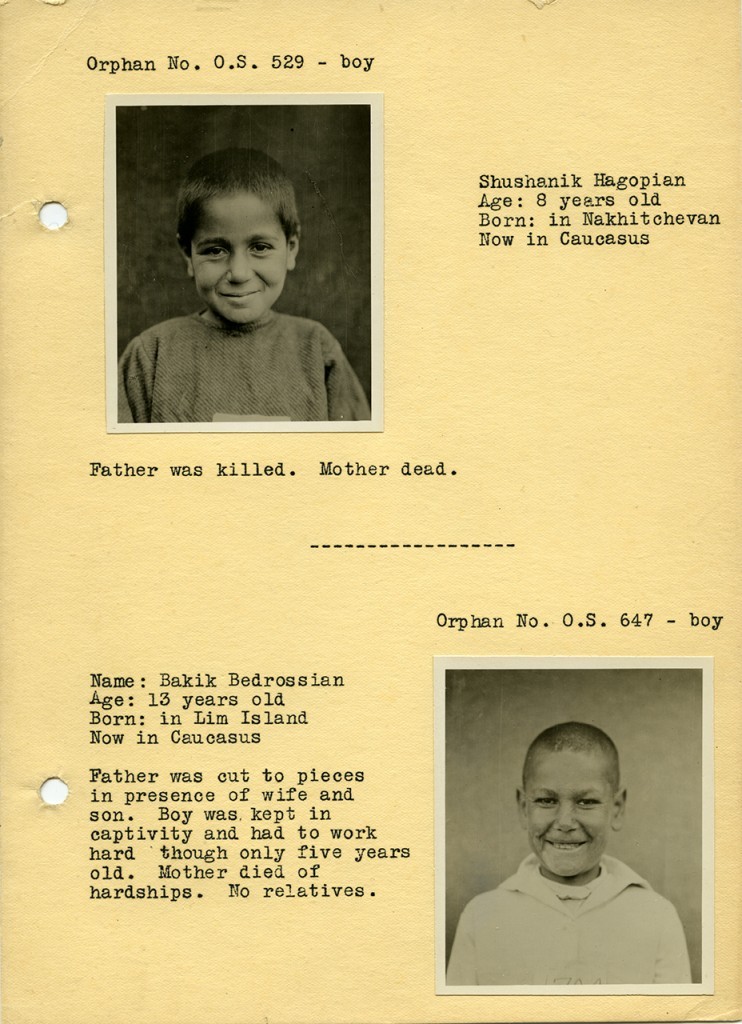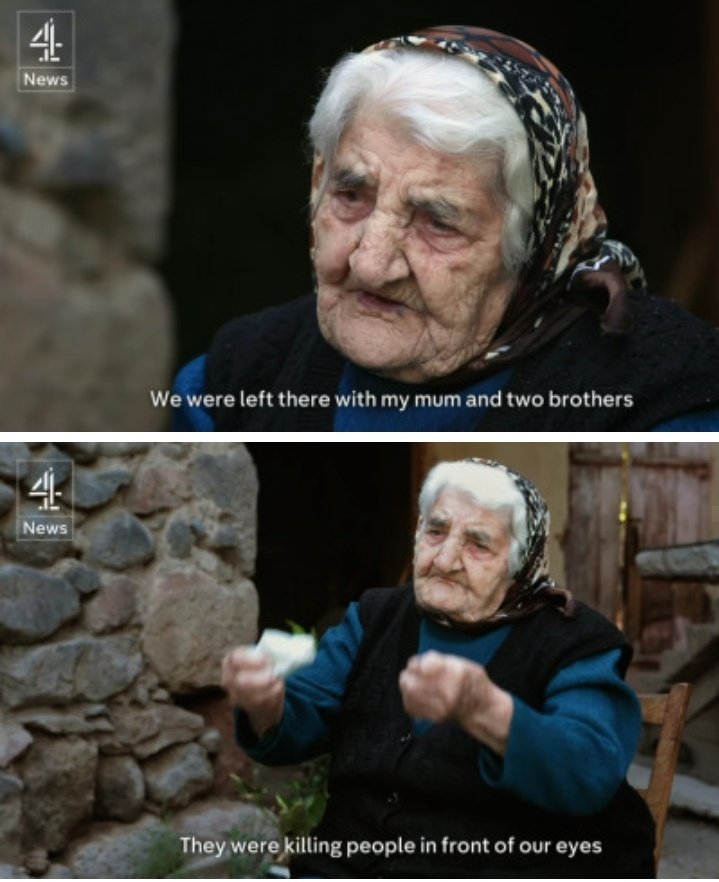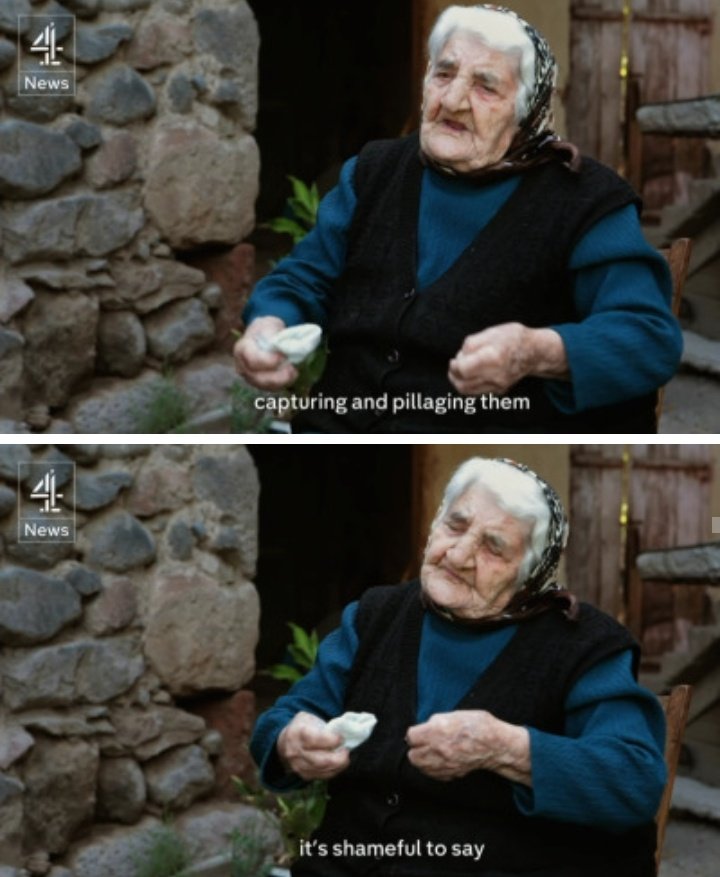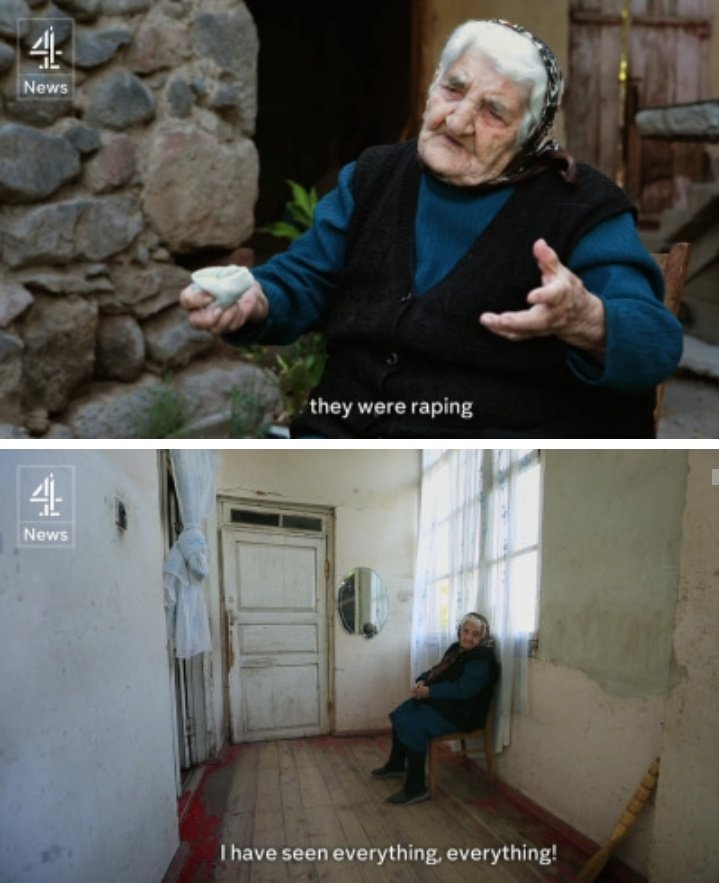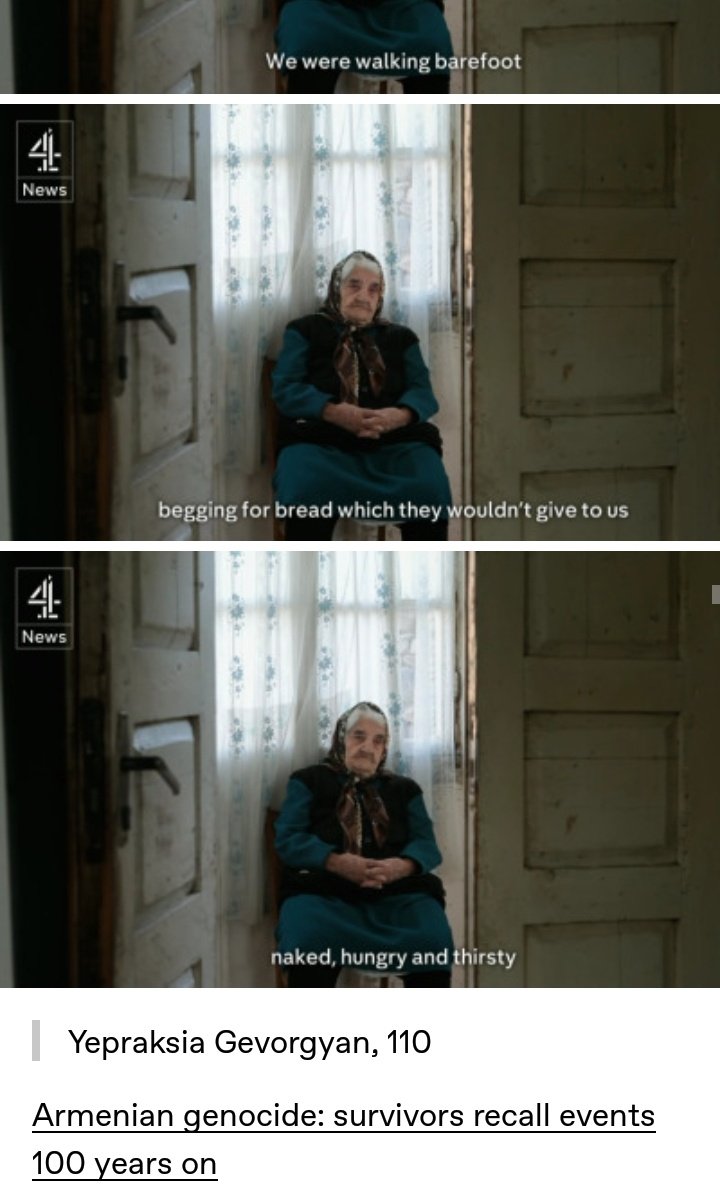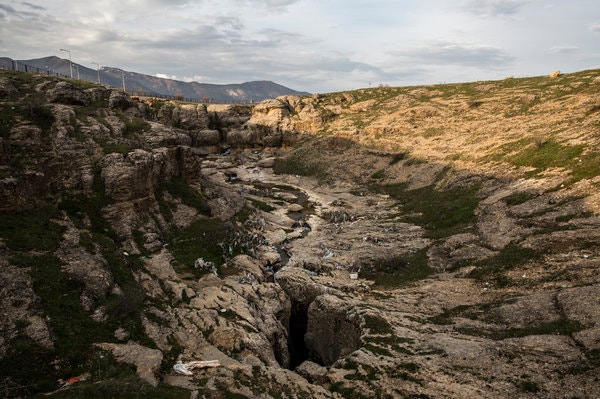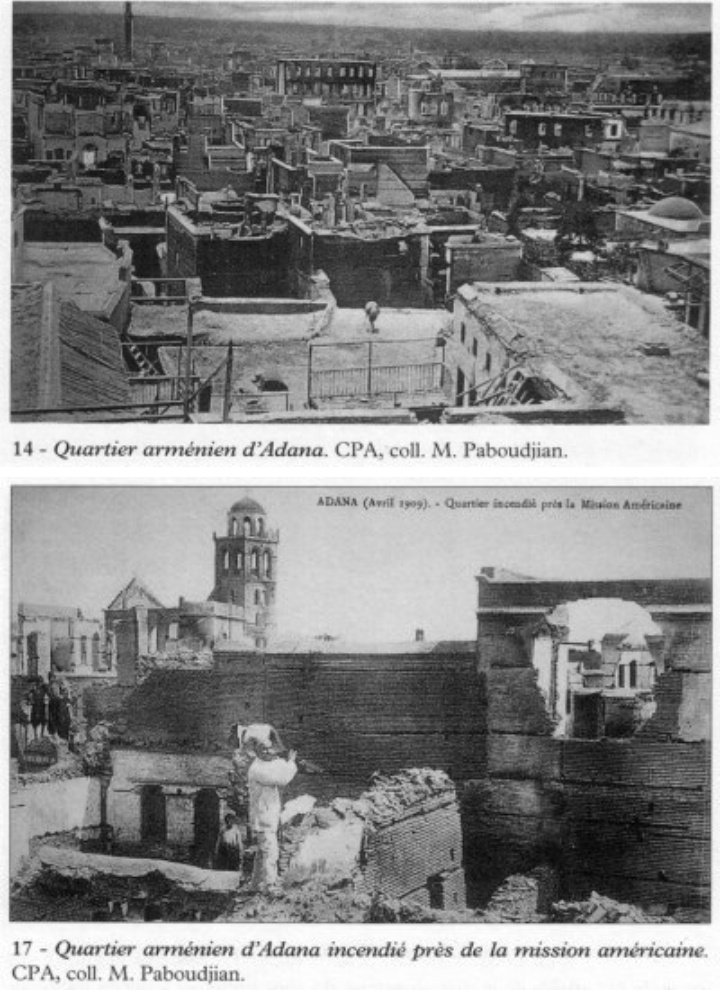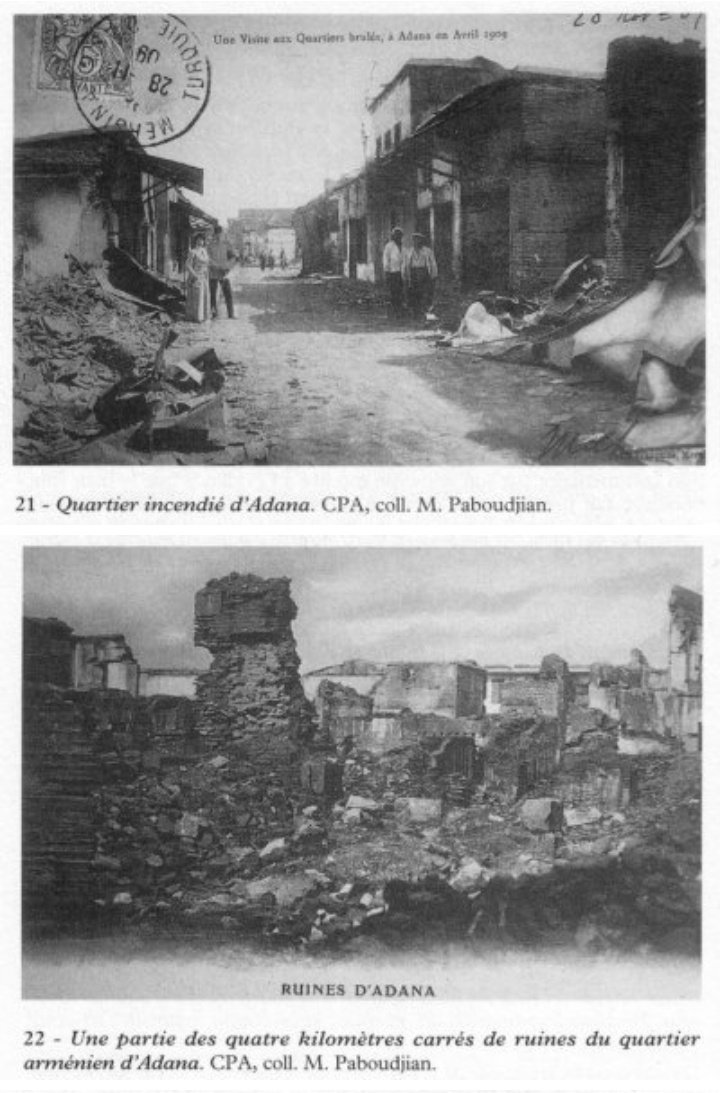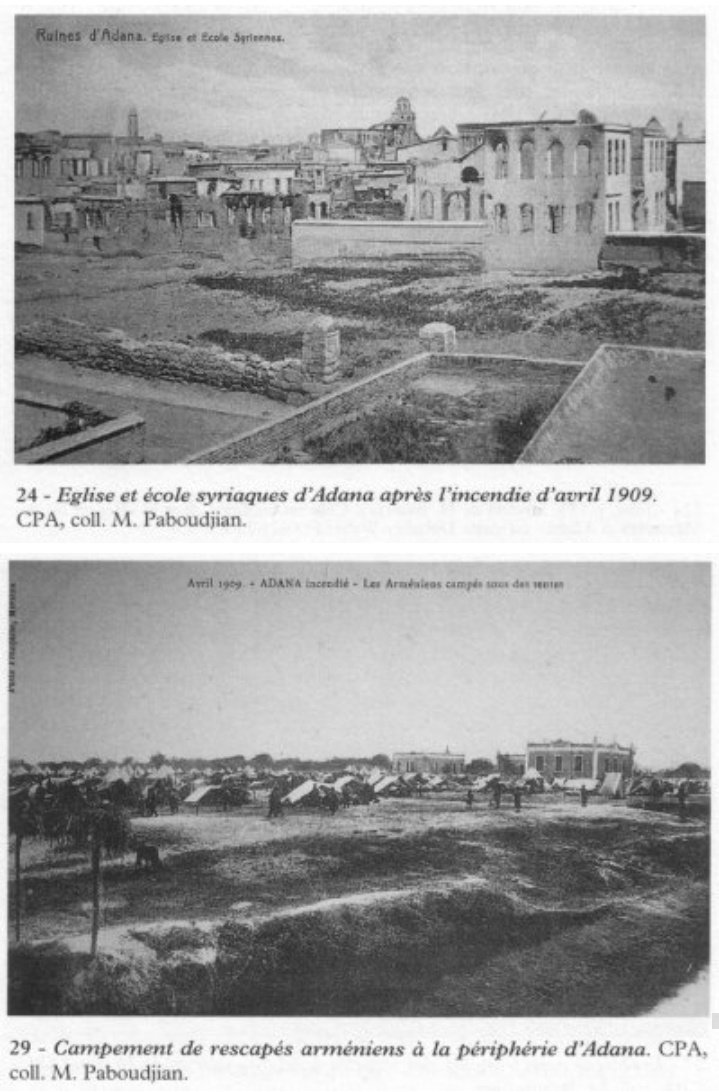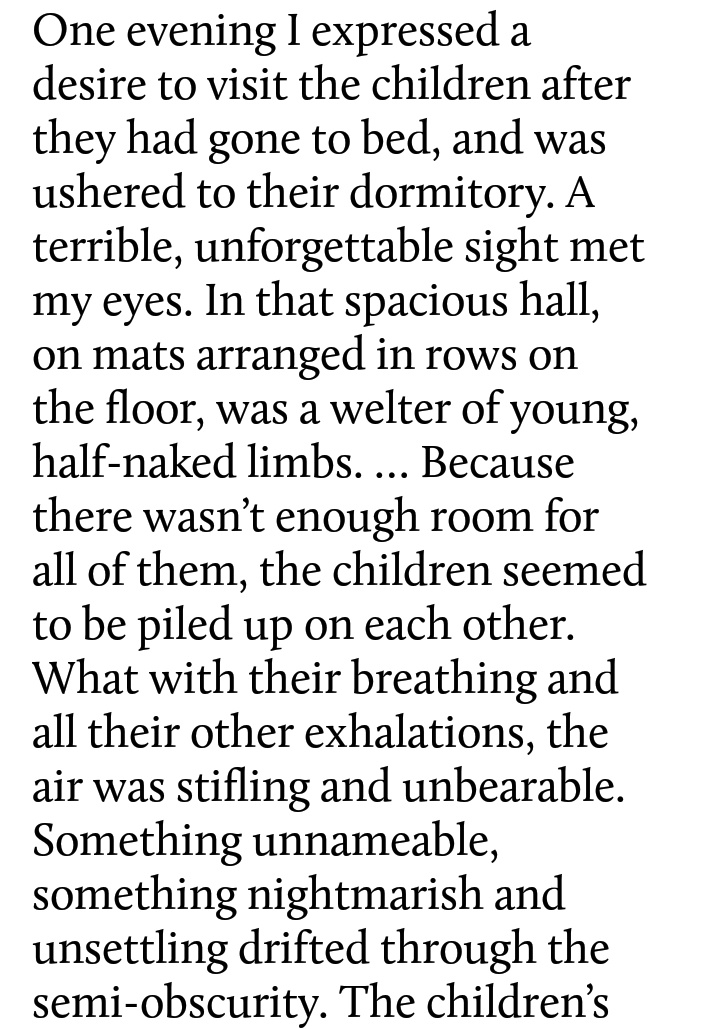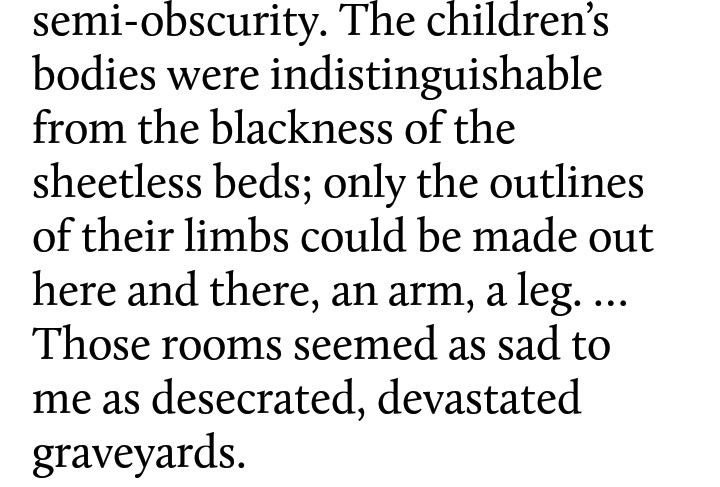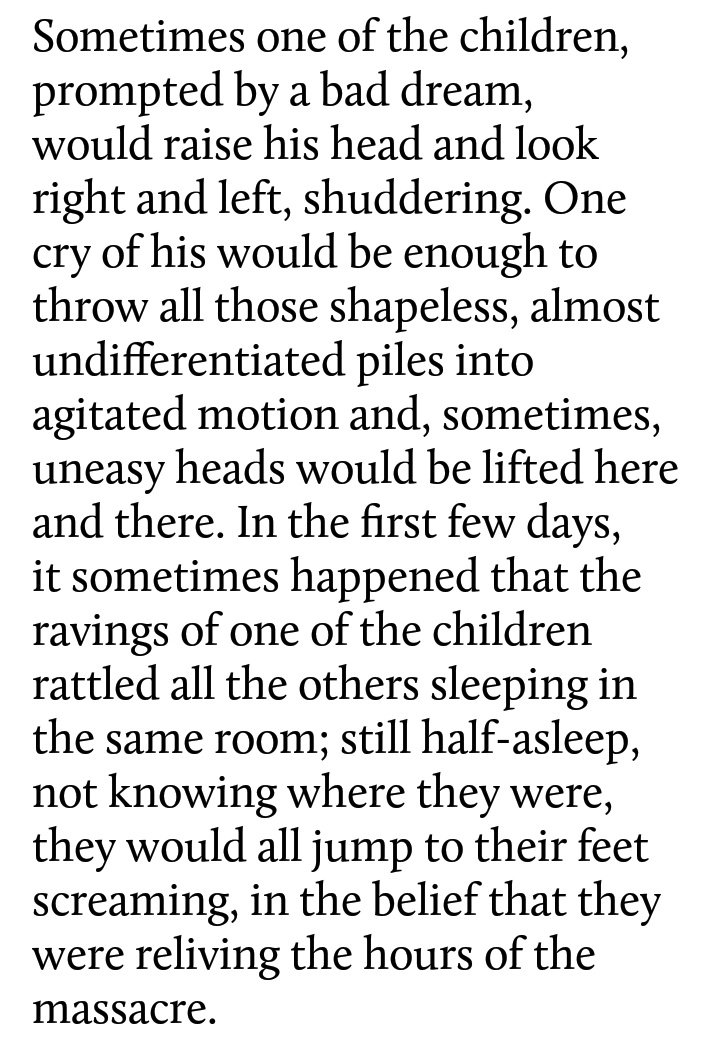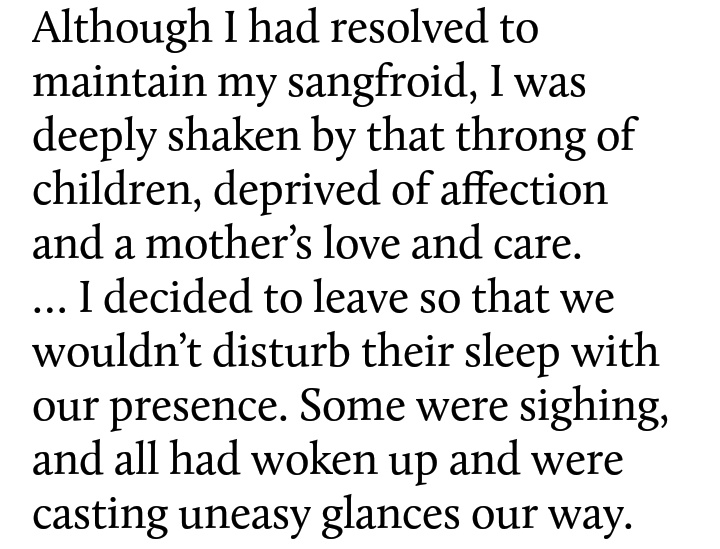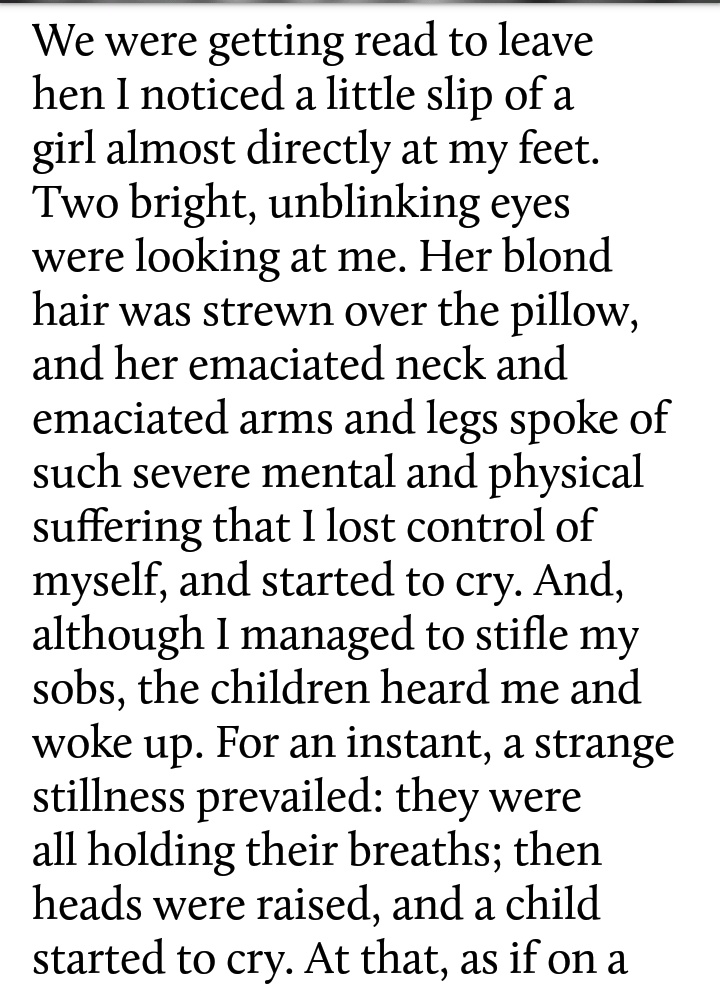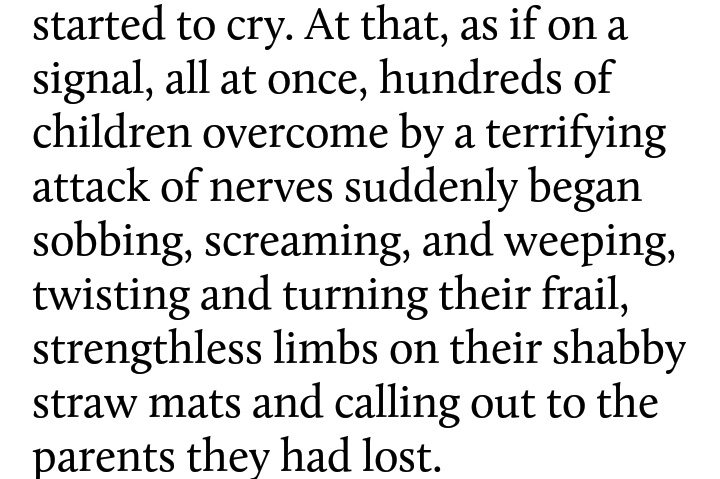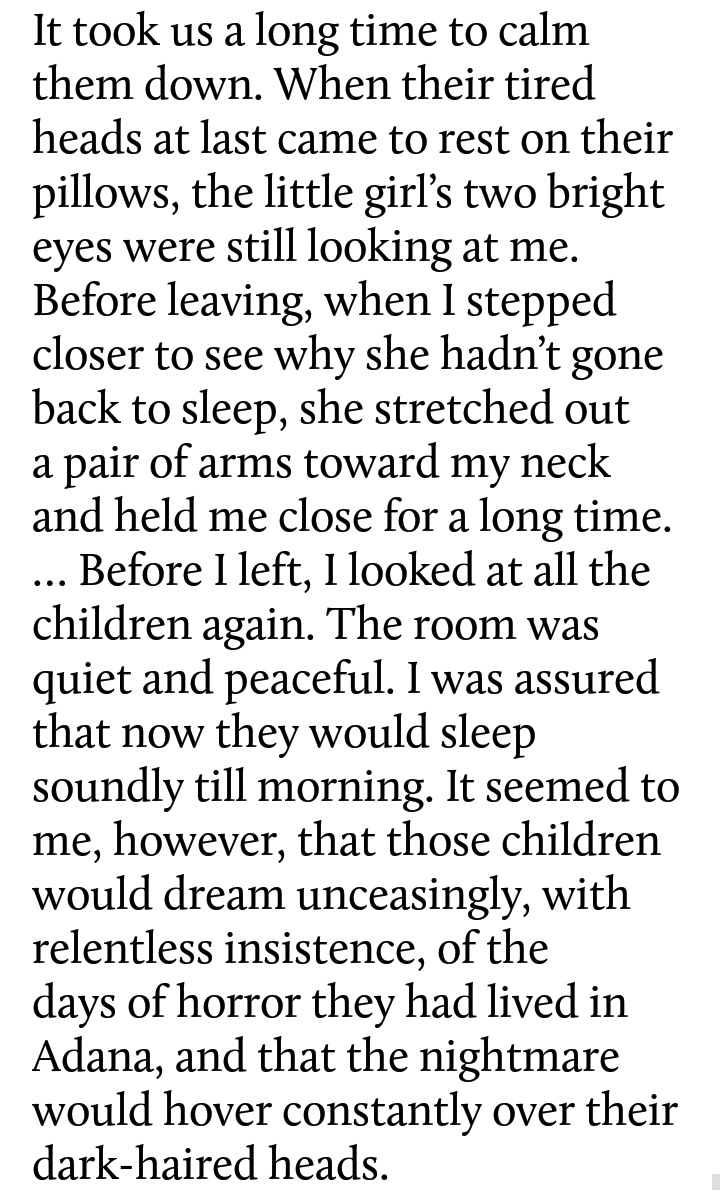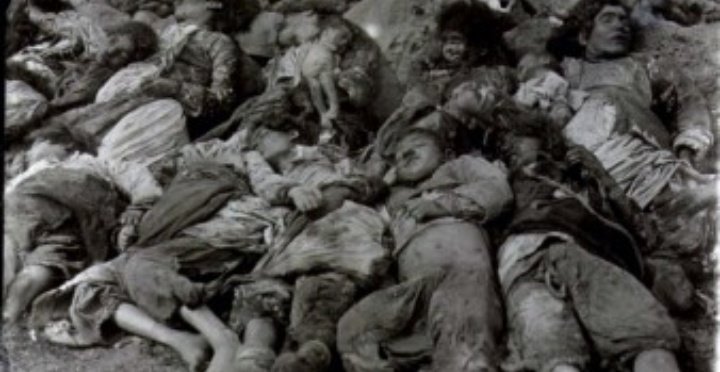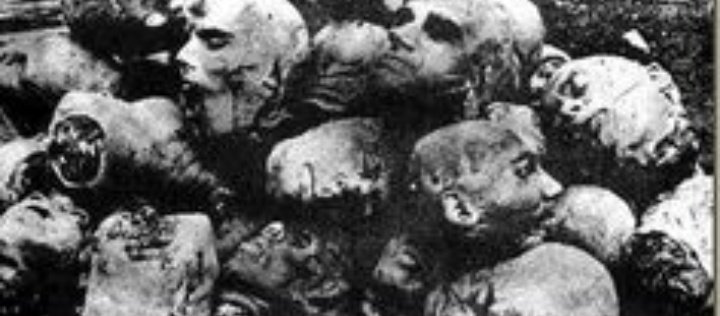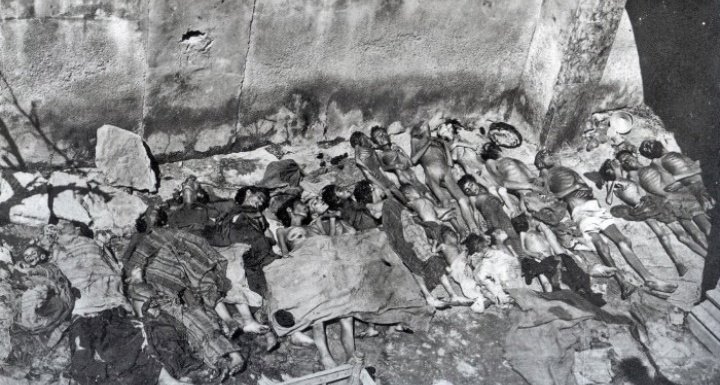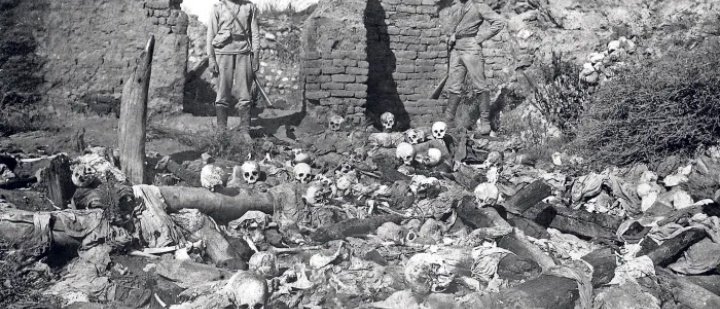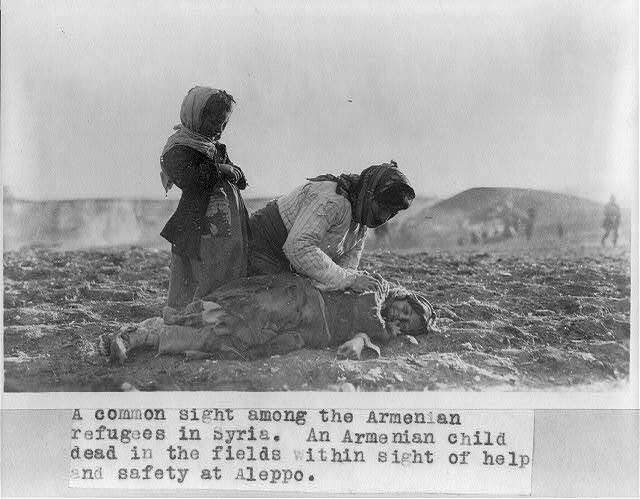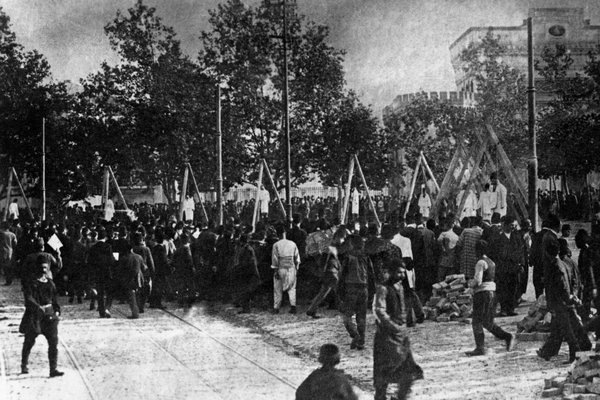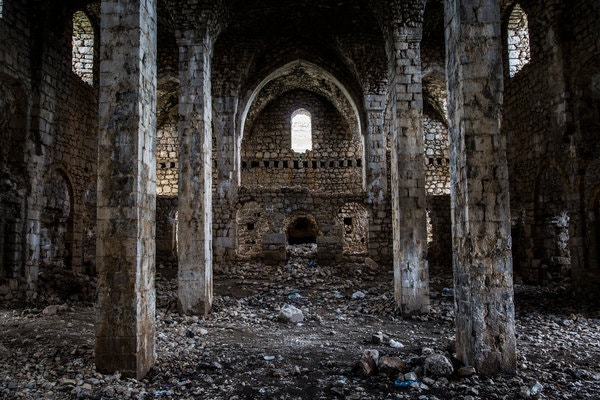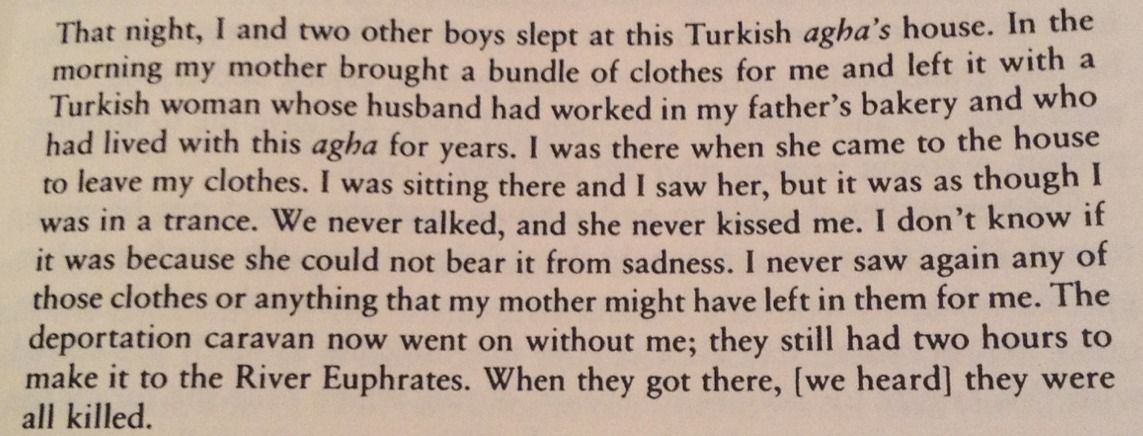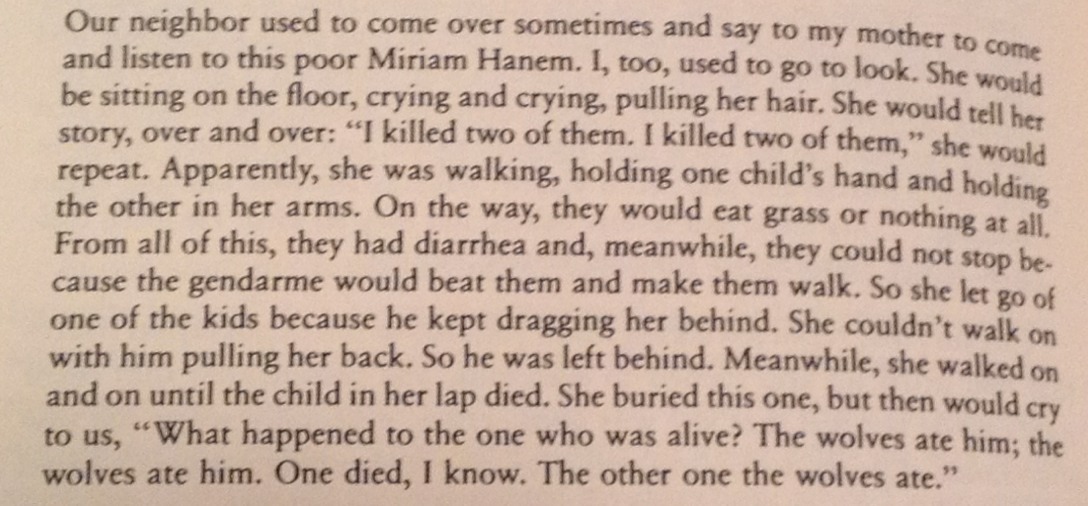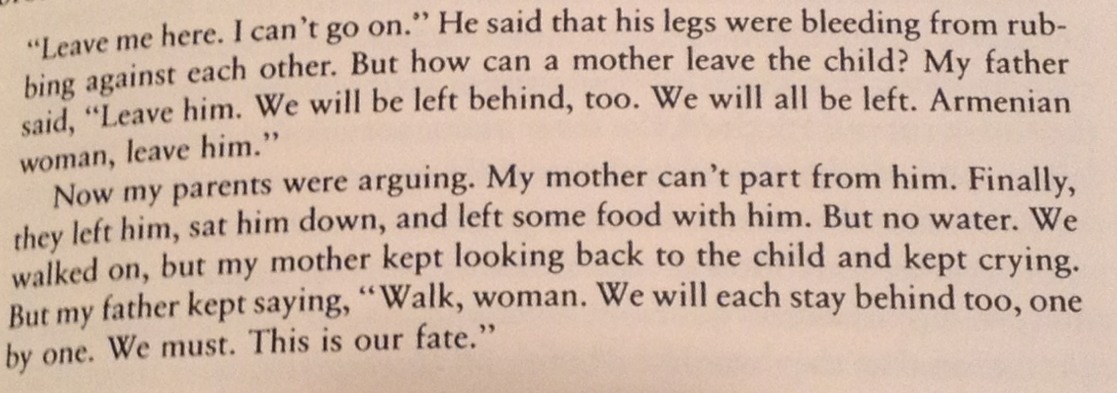Armenian Genocide, campaign of deportation and mass killing conducted against the Armenian subjects of the Ottoman Empire by the Young Turk government during World War I. For centuries the great mountain plateau of Eastern Anatolia in present-day eastern Turkey-
was inhabited primarily by Christian Armenians who shared the area with Muslim Kurds. Antiquity and the Middle Ages the area was ruled by a succession of Armenian dynasties. Armenian political independence was largely brought to an end by a wave of invasions and migrations by-
Turkic-speaking peoples beginning in the 11th century, and in the 15th and 16th centuries the region was secured by the Ottoman Turks and integrated into the vast Ottoman Empire. At the beginning of the 20th century, there were about 2.5 million Armenians living there.
Life for Armenian villagers and townspeople in the Ottoman Empire was difficult and unpredictable, and they often received harsh treatment from the dominant Kurdish nomads.
Anti-Armenian feelings erupted into mass violence several times in the late 19th and early 20th centuries. When, in 1894, the Armenians in the Sasun region refused to pay an oppressive tax, Ottoman troops and Kurdish tribesmen killed thousands of Armenians in the region.
Armenian demonstration in Istanbul became a massacre. In all, hundreds of thousands of Armenians were killed in massacres between 1894 and 1896, which later came to be known as the Hamidian massacres.
Some 20,000 more Armenians were killed in urban riots and pogroms in Adana and Hadjin in 1909.
Antipathy toward Christians increased when the Ottoman Empire suffered a humiliating defeat in the First Balkan War.
Antipathy toward Christians increased when the Ottoman Empire suffered a humiliating defeat in the First Balkan War.
Young Turk leaders blamed the defeat on the treachery of Balkan Christians. Armenians in the Ottoman Empire fought alongside the Ottomans, while Armenian volunteer units made up of Russian subjects fought on the Russian side.
In the areas where Ottoman and Russian troops faced eacother, there were massacres of both Christians and Muslims. Armenian soldiers and other non-Muslims in the army were demobilized and transferred into labour battalions.
The disarmed Armenian soldiers were then systematically murdered by Ottoman troops, the first victims of what would become genocide. Irregular forces began to carry out mass killings in Armenian villages near the Russian border. Throughout summer and autumn of 1915-
Armenian civilians were removed from their homes and forced into concentration camps. The deportation was accompanied by mass murder carried out by irregular forces as well as by local Kurds and Circassians.
Survivors who reached the deserts of Syria languished in concentration camps, many starved to death, and massacres continued into 1916. 600,000 to more than 1,000,000 Armenians were slaughtered or died on the marches.
By the end of the war, more than 90% of the Armenians in the Ottoman Empire were gone, and many traces of their former presence had been erased. The deserted homes and property of the Armenians in Eastern Anatolia were given to Muslim refugees.
Surviving women and children were often forced to give up their Armenian identities and convert to Islam.
Early in 1916 [American] missionary Frederick W. MacCallum wrote a letter from Tiflis (now Tbilisi, Georgia) describing the conditions and experiences of Armenian refugees in the area:
Biographies of orphans from the archives of Near East Relief, an American organization that sheltered thousands of Armenian, Assyrian, and Greek orphans of genocide.
A small stream flowing into the Dudan cave in Turkey. It was here that the Armenian residents of a local village are said to have been thrown, after being led there by Ottoman gendarmes and local Kurdish paramilitary personnel.
Aftermath of the anti-Armenian 1909 Adana massacre in photos by M. Paboudjian. Photos accompany article “Les massacres de Cilicie d’avril 1909” (“The Cilician massacres of April 1909”).
Zabel Yesayan, “In the Ruins” (written in the wake of the anti-Armenian 1909 Adana massacre, in which many thousands were killed and much of the Armenian quarter of the city destroyed) from My Soul in Exile and Other Writings, translated by G. M. Goshgarian

 Read on Twitter
Read on Twitter
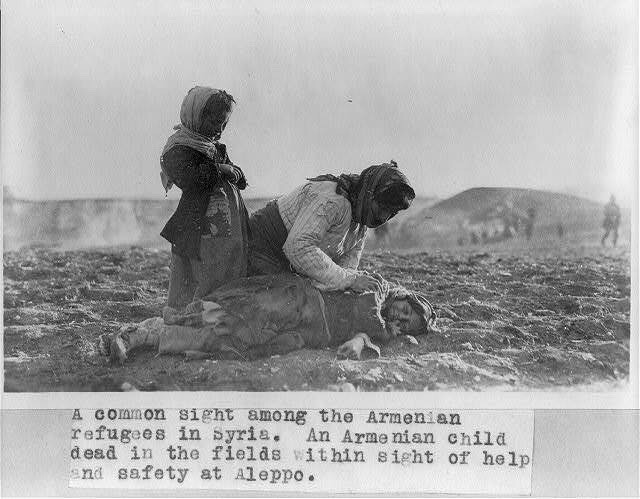
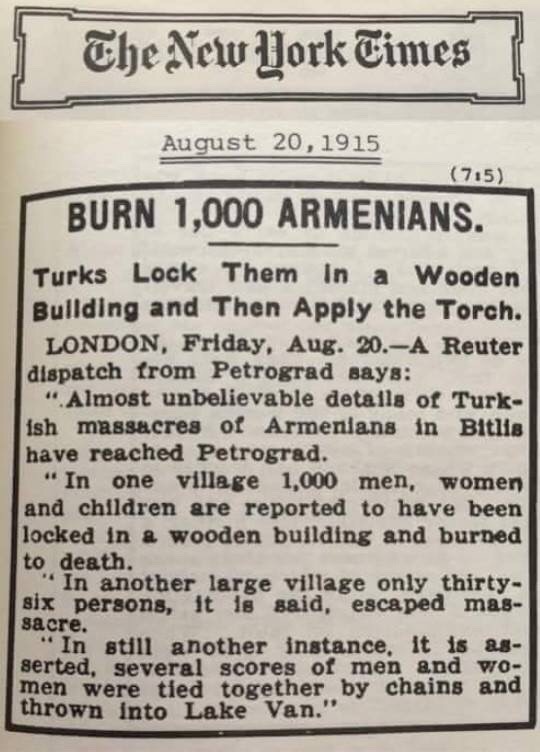
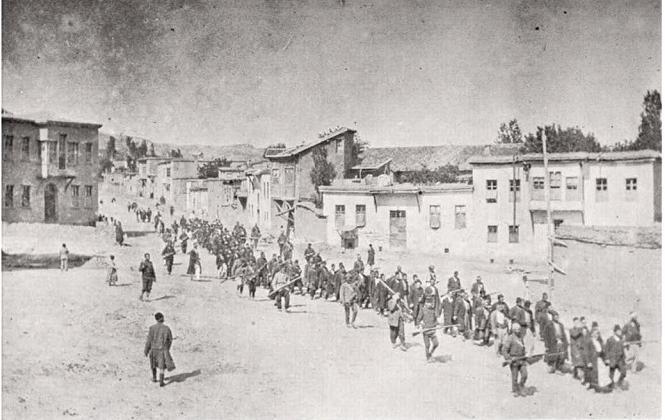

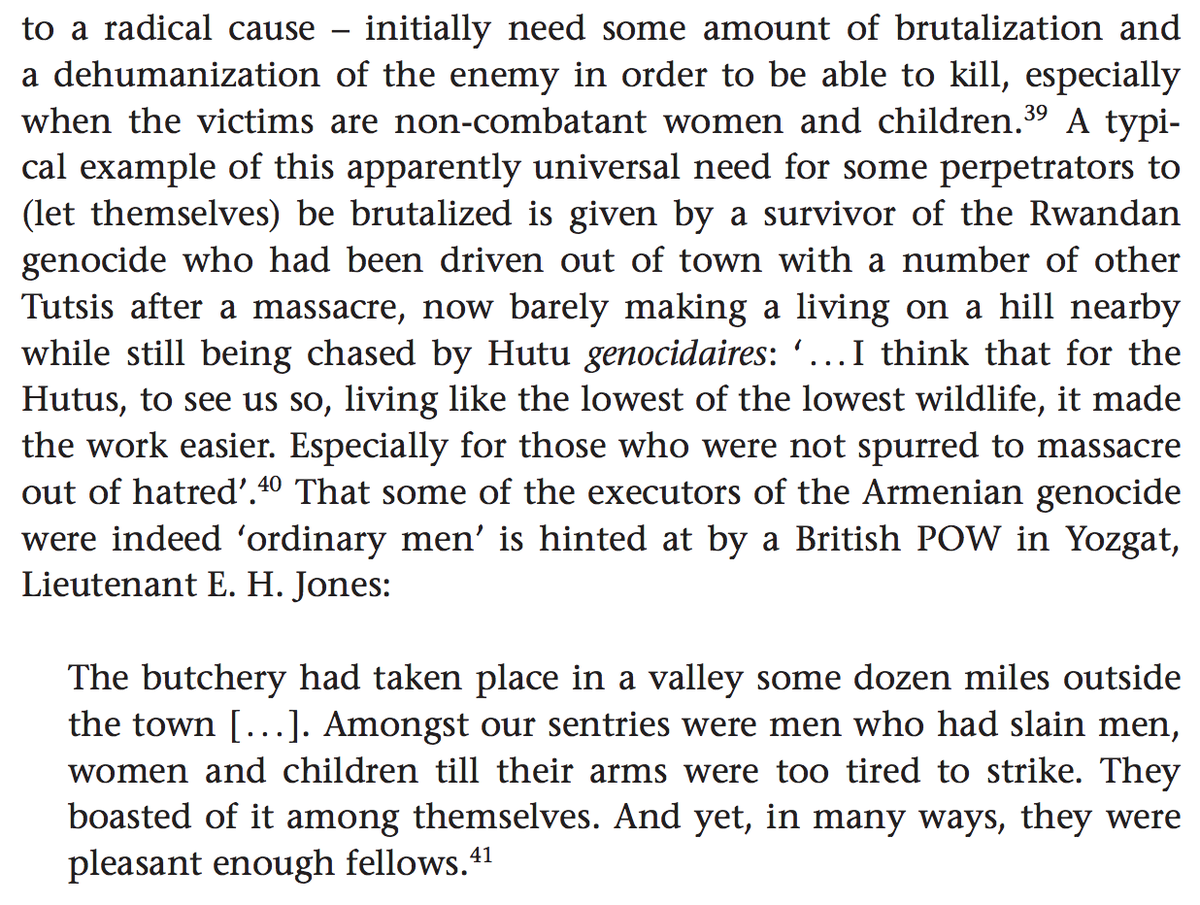
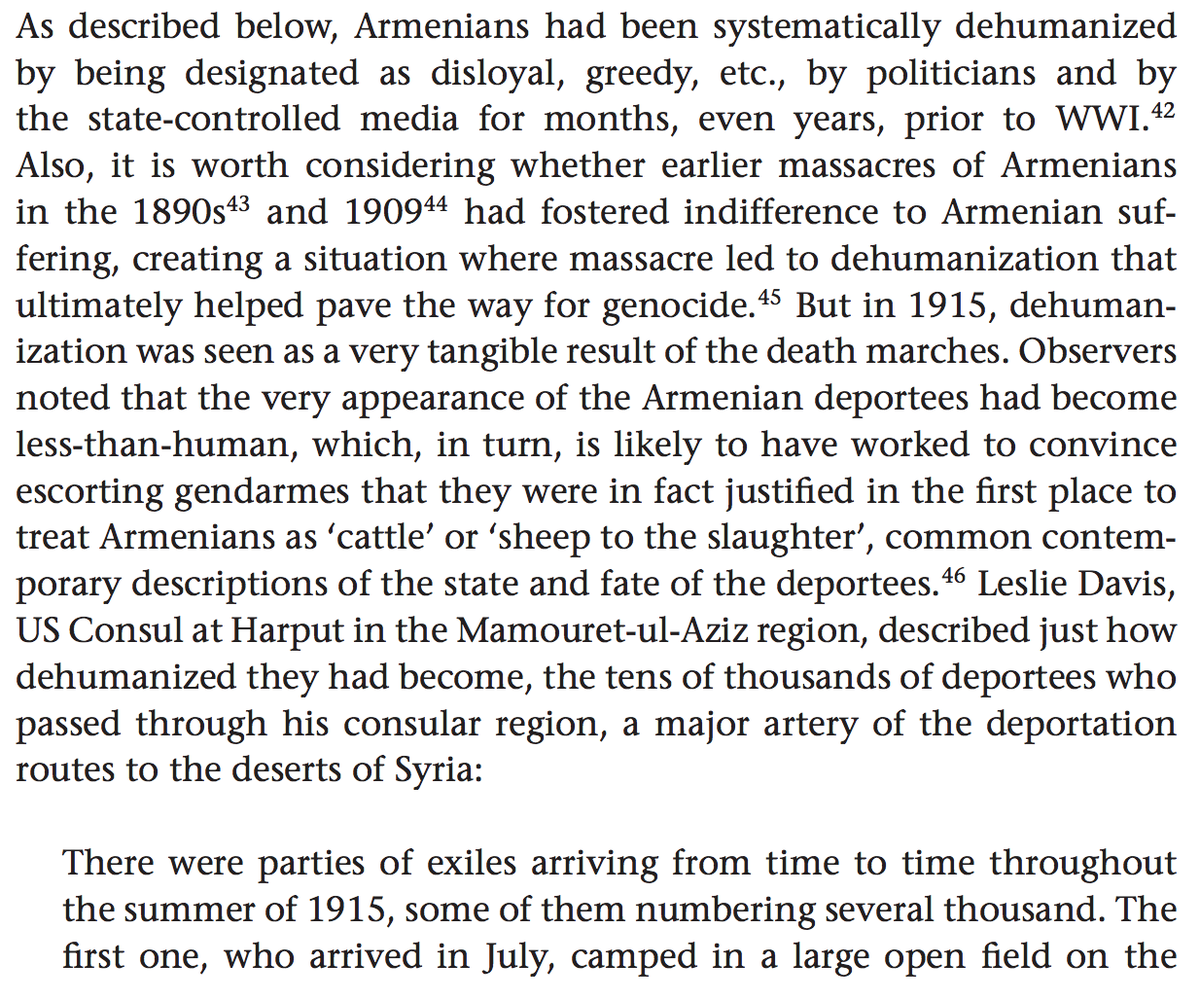
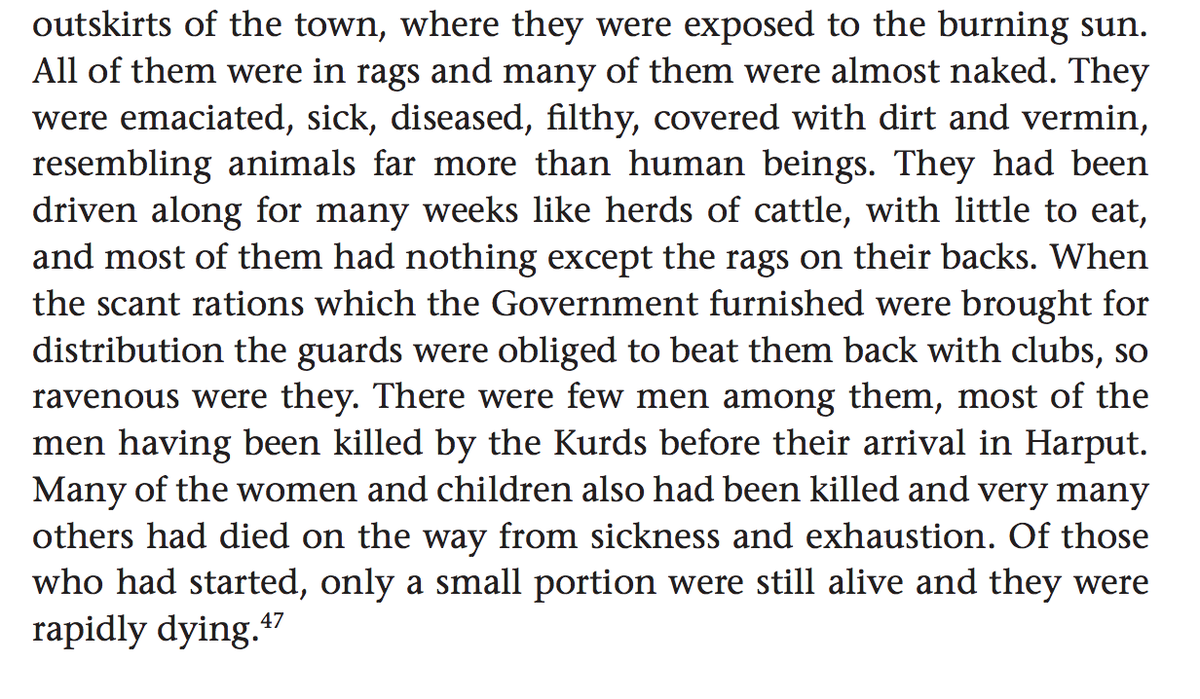
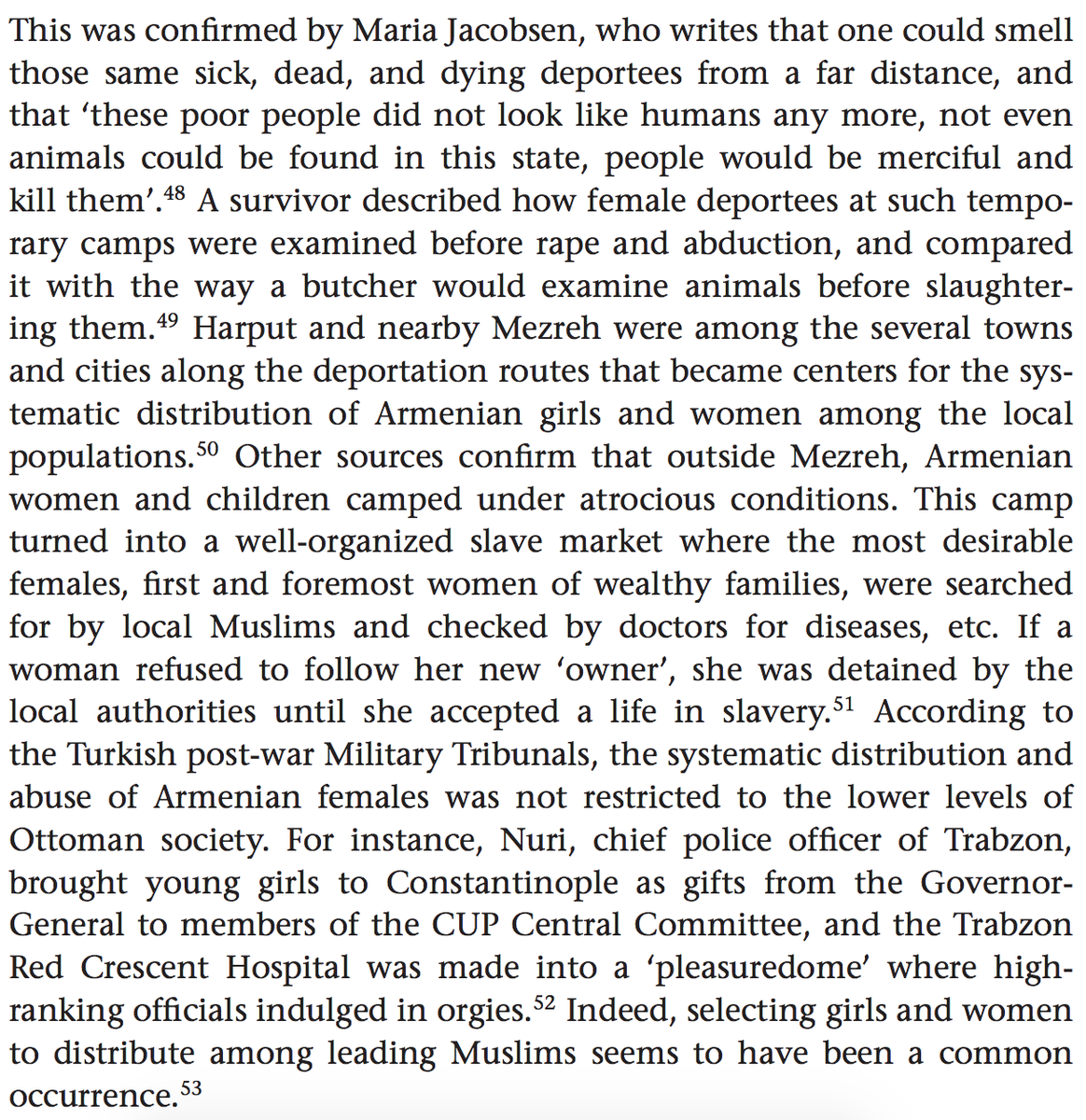
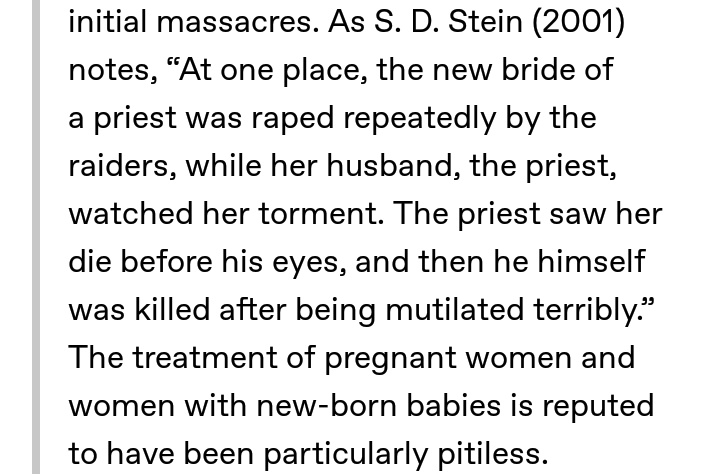
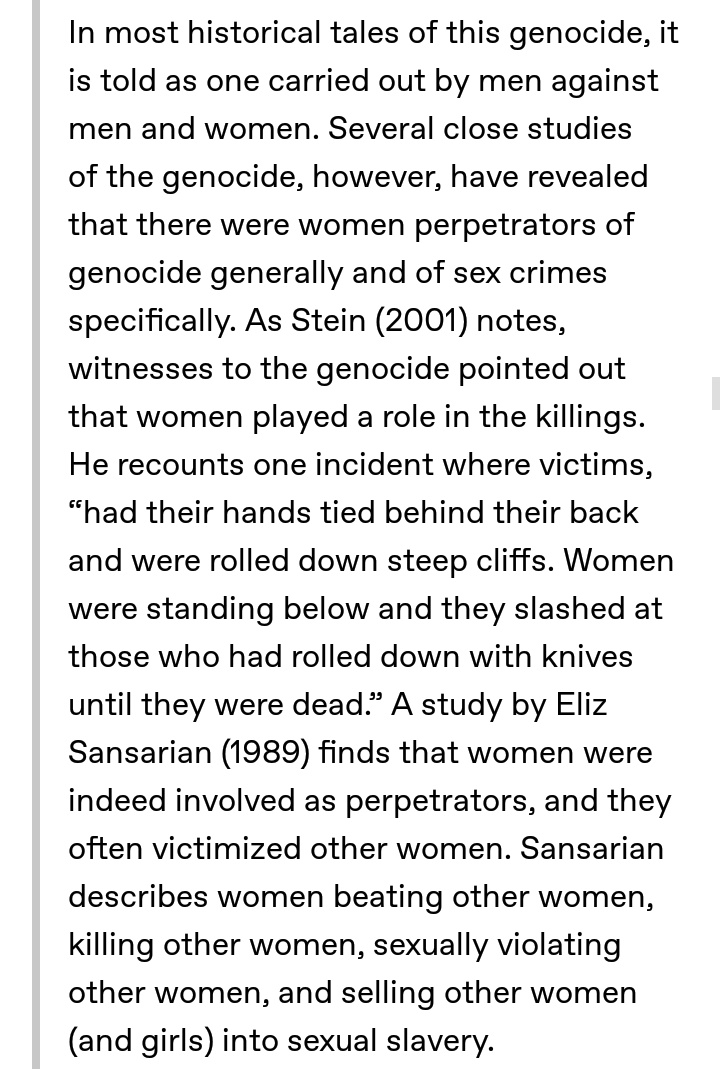
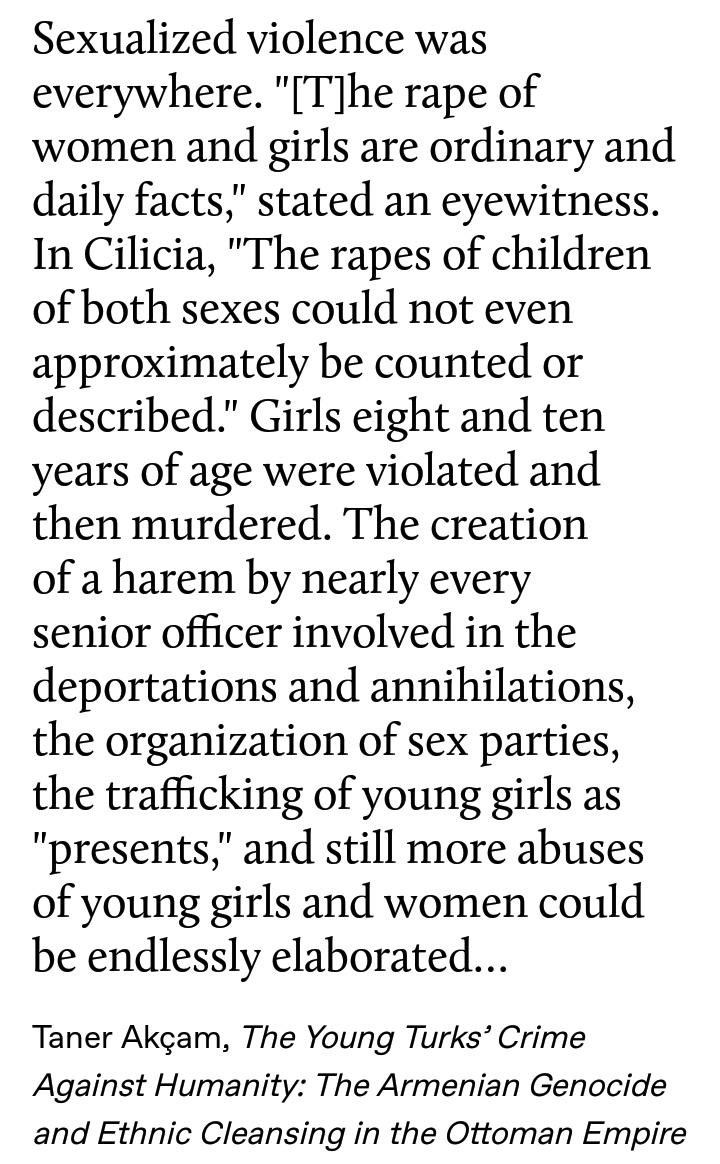
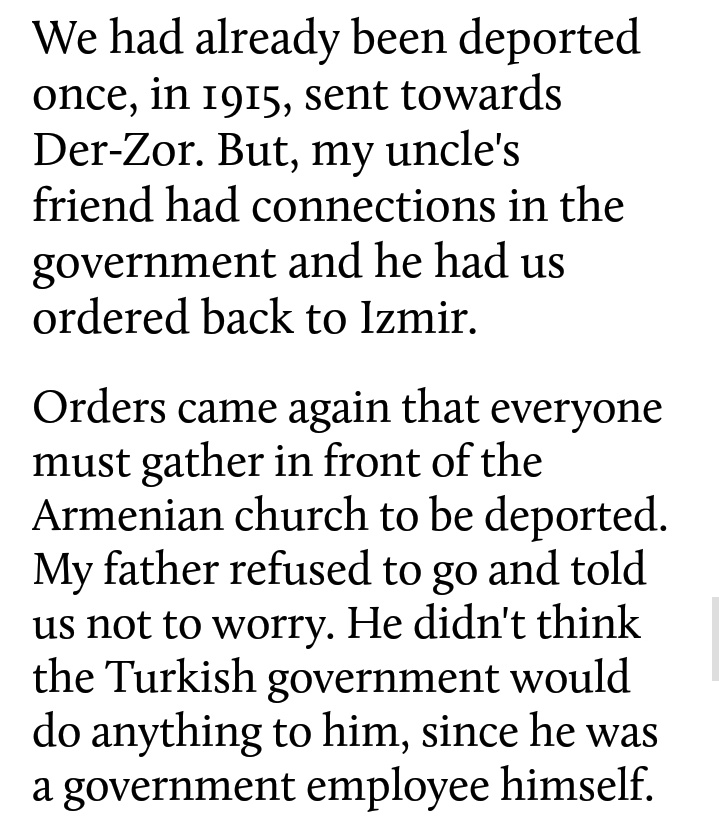

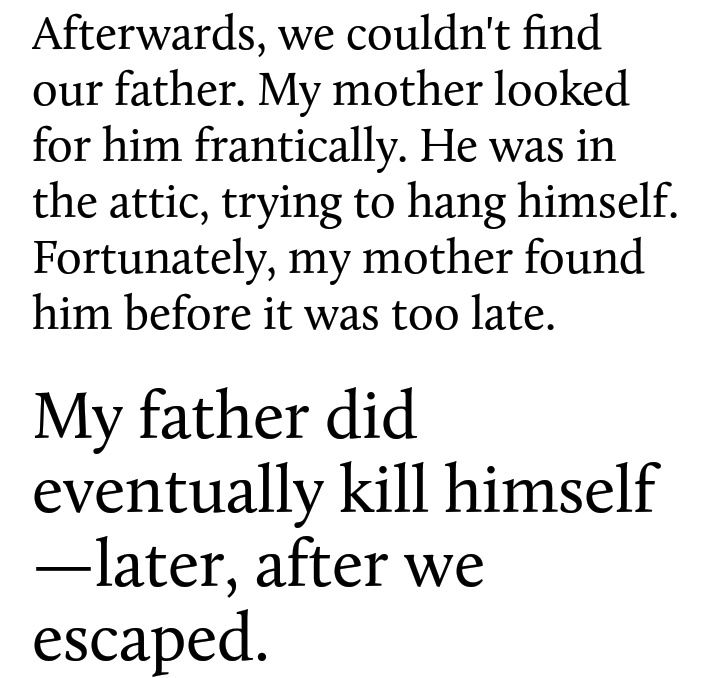
![Early in 1916 [American] missionary Frederick W. MacCallum wrote a letter from Tiflis (now Tbilisi, Georgia) describing the conditions and experiences of Armenian refugees in the area: Early in 1916 [American] missionary Frederick W. MacCallum wrote a letter from Tiflis (now Tbilisi, Georgia) describing the conditions and experiences of Armenian refugees in the area:](https://pbs.twimg.com/media/EhordqfXcAAos_O.jpg)
![Early in 1916 [American] missionary Frederick W. MacCallum wrote a letter from Tiflis (now Tbilisi, Georgia) describing the conditions and experiences of Armenian refugees in the area: Early in 1916 [American] missionary Frederick W. MacCallum wrote a letter from Tiflis (now Tbilisi, Georgia) describing the conditions and experiences of Armenian refugees in the area:](https://pbs.twimg.com/media/EhoreBtXYAAfncD.jpg)
![Early in 1916 [American] missionary Frederick W. MacCallum wrote a letter from Tiflis (now Tbilisi, Georgia) describing the conditions and experiences of Armenian refugees in the area: Early in 1916 [American] missionary Frederick W. MacCallum wrote a letter from Tiflis (now Tbilisi, Georgia) describing the conditions and experiences of Armenian refugees in the area:](https://pbs.twimg.com/media/EhorecOXsAEusca.jpg)
